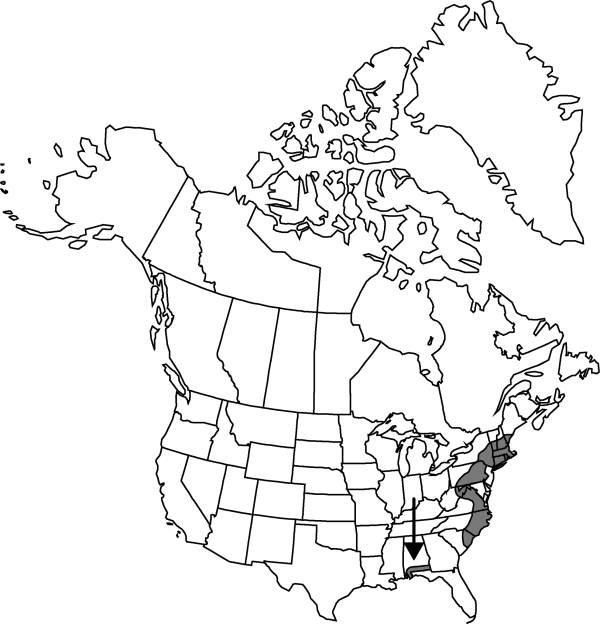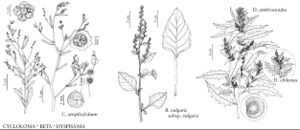Beta vulgaris subsp. vulgaris
Plants biennial; roots dark red, white, or yellow, moderately to strongly swollen, fleshy. Stems erect, distally branched, 60–120(–200) cm. Leaves: petiole 1/2–1/3 blade length; blade broadly lanceolate to cordate; basal leaf blade 10–20(–27) × 4.5–8(–18) cm; cauline leaves reduced proximally, blade rhombic to narrowly lanceolate. Cymes 2–8-flowered. 2n = 18.
Phenology: Flowering spring–summer.
Habitat: Sporadic in waste areas
Elevation: 0-300 m
Distribution

Introduced; Ala., Conn., Maine, Mass., N.H., N.Y., N.C., Pa., R.I., S.C., Vt., Va., W.Va., s Europe, ruderal in South America and e Asia.
Discussion
Subspecies vulgaris is valued as a source of sugar, a domestic vegetable, and food for livestock. Beets will grow in alkaline soils and tolerate arid conditions, making them an especially valuable crop in marginal lands. Aristotle referred to the use of red greens from beets ca. 350 b.c.
Selected References
None.
